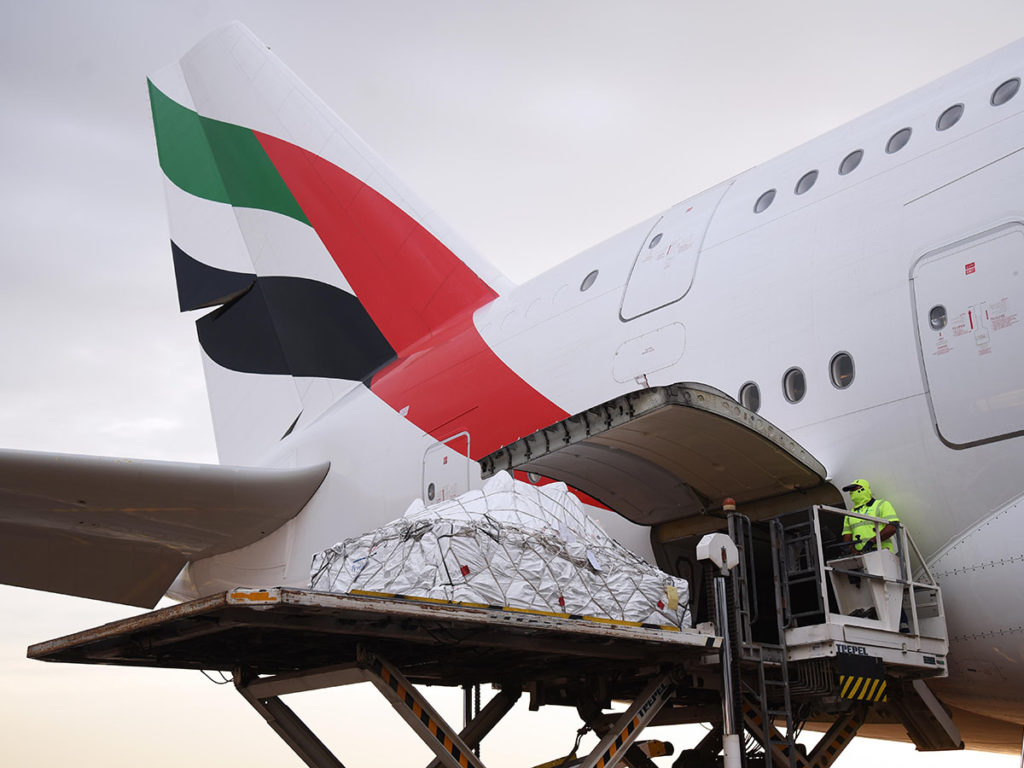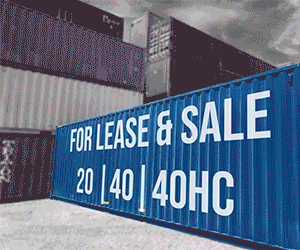Global demand in 2021, measured in cargo CTKs, was up 6.9 % compared to 2019

The International Air Transport Association (IATA) recently released data for global air freight markets showing that full-year demand for air cargo increased by 6.9% in 2021, compared to 2019 (pre-covid levels) and 18.7% compared to 2020 following a strong performance in December 2021.
This was the second biggest improvement in year-on-year demand since IATA started to monitor cargo performance in 1990, outpacing the 9.8% rise in global goods trade by 8.9 percentage points, IATA said in a press release.
Highlights were as follows. Global demand in 2021, measured in cargo tonne-kilometers (CTKs), was up 6.9 % compared to 2019 (7.4% for international operations).
2021 capacity up
Capacity in 2021, measured in available cargo tonne-kilometers (ACTKs), was 10.9% below 2019 (12.8% for international operations). Capacity remains constrained with bottlenecks at key hubs.
The lack of available capacity contributed to increased yields and revenues, providing support to airlines and some long-haul passenger services in the face of collapsed passenger revenues. In December 2021, rates were almost 150% above 2019 levels
Economic conditions continue to support air cargo growth
Global goods trade rose 7.7% in November (latest month of data), compared to pre-crisis levels. Global industrial production was up 4.0% over the same period.
The inventory-to-sales ratio remains low. This is positive for air cargo as manufacturers turn to air cargo to rapidly meet demand.
Supply chain issues that slowed the pace of growth in November remain as headwinds. Labour shortages, partly due to employees being in quarantine, insufficient storage space at some airports and processing backlogs continue to put pressure on supply chains.
“Air cargo had a stellar year in 2021. For many airlines, it provided a vital source of revenue as passenger demand remained in the doldrums due to pandemic travel restrictions. Growth opportunities, however, were lost due to the pressures of labor shortages and constraints across the logistics system. Overall, economic conditions do point towards a strong 2022,” commented Willie Walsh, IATA’s Director General.
2021 Regional Performance
Middle Eastern carriers reported an increase in international demand of 10.6% in 2021 compared to 2019 and a fall in international capacity of 10.1%. Growth decelerated towards the year-end, partly driven by a downward trend in volumes on the large Middle East-Asia route.
In December airlines in the region recorded a 5.7% increase in international demand compared to December 2019. International capacity decreased by 9.2% in December compared to the same month in 2019.
Want to stay updated on the latest industry news and trends? Subscribe today to receive your monthly news highlights directly in your inbox!










